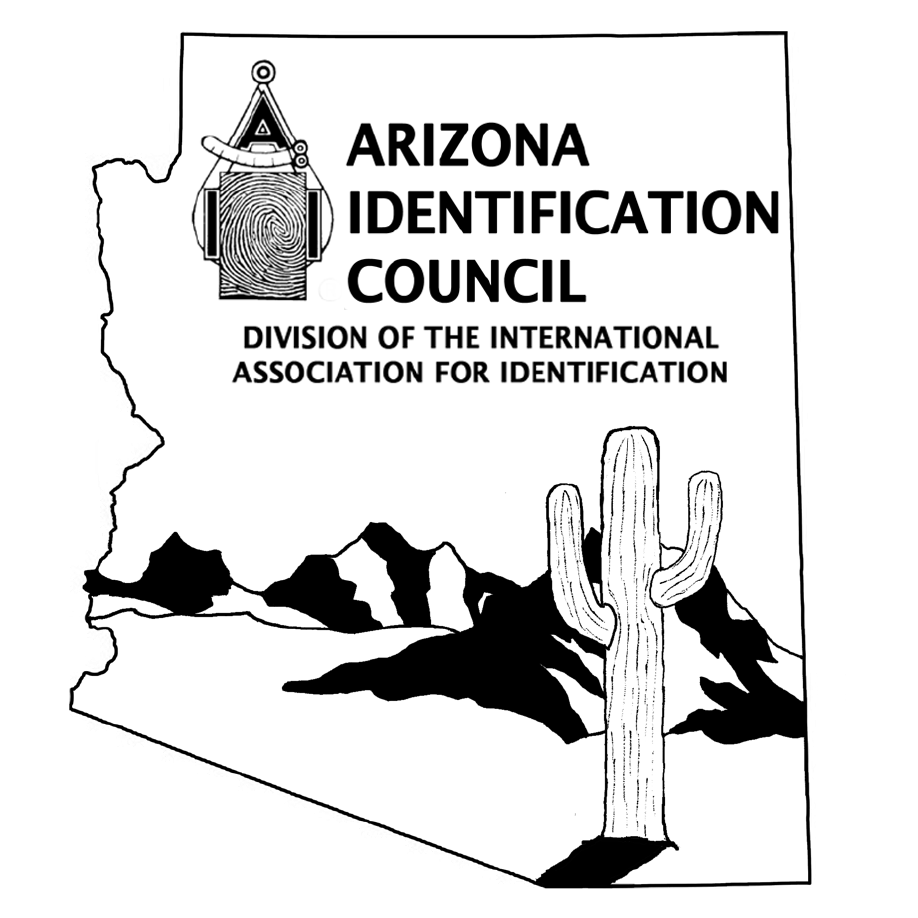TRITECH Forensics $629.00
The 5-day (40 hour) Advanced Crime Scene Documentation course combines the full course contents of both the Bloodstain Pattern Documentation course and the Shooting Incident Documentation course into one.
BLOODSTAIN PATTERN DOCUMENTATION
When responding to scenes where blood has been shed, it is essential for investigators to ensure that the patterns formed by bloodstains are preserved and documented. In cases where the scene will not be visited by a qualified bloodstain pattern analyst, the correct documentation of these bloodstains will permit this type of analysis to be performed later in the investigation. Improper documentation can lead to instances where no analysis is possible or where such analysis is less meaningful and useful.
This course is designed for the student who wants to learn how to correctly recognize, document, and collect bloodstains and bloodstain patterns for later analysis by a bloodstain pattern analyst. Students will be taught terminology, pattern recognition and documentation methods that will ensure the possibility that the patterns can be reconstructed and analyzed at a later date. Classroom presentations are supplemented with practical exercises and hands-on activities.
By the end of the training the student will understand the importance of properly documenting and collecting bloodstained evidence in the context of the overall event reconstruction.
SHOOTING INCIDENT DOCUMENTATION
Detectives and forensic investigators are frequently summoned to scenes of violence involving firearms. These incidents, including homicides and officer-involved shootings, should be investigated to their logical conclusion. That requires an understanding of the firearms related evidence at the scene and how to properly document it.
This course teaches the student how to properly interpret physical evidence and to document the scene through note taking, diagramming, and photography. Use of rods, lasers, and protractors will be covered, as will the use of mathematics in determining bullet flight paths.
This is designed as an introduction to the 40-hour Shooting Incident Reconstruction course or as a standalone course for those students more concerned with documenting scenes as opposed to reconstructing them.
Course contents include shooting reconstruction concepts, defect characteristics, target surface considerations, chemical testing of defects, flight path rods, use of lasers, mathematics in shooting reconstruction, and hands-on exercises for each concept discussed.
